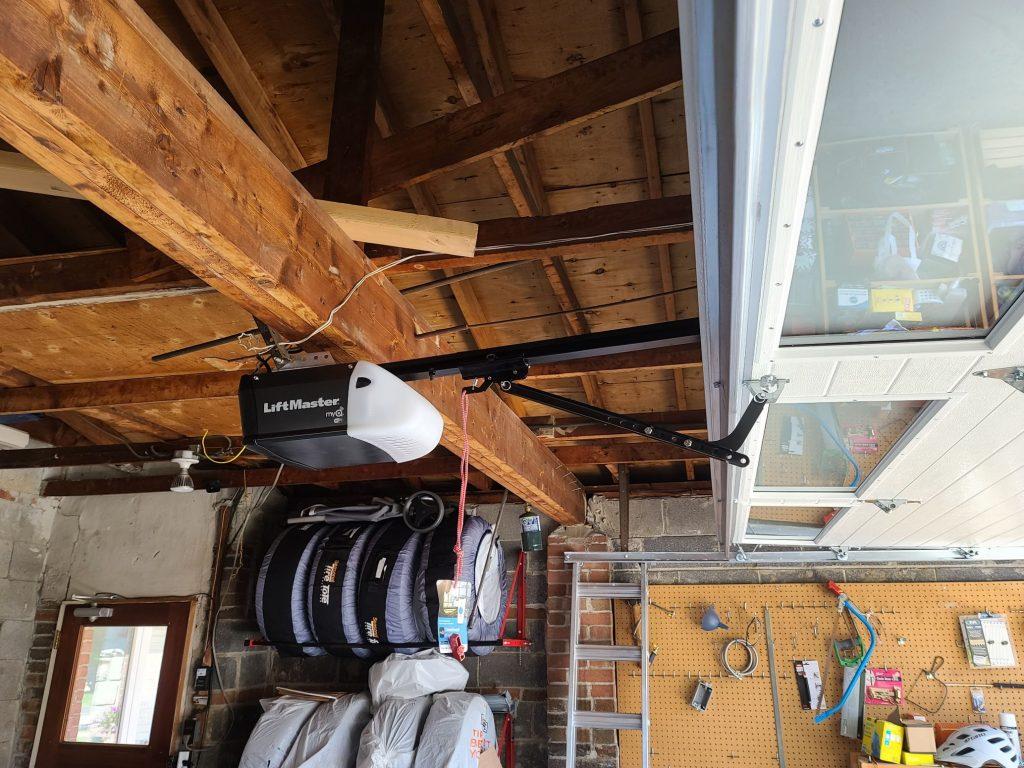A reliable garage door is essential for the security of your home, and when your Liftmaster garage door won’t stay closed, it can be a cause for concern. In this comprehensive guide, we will explore the potential reasons behind this issue and provide practical solutions to ensure your Liftmaster garage door operates seamlessly.

Understanding the Liftmaster Garage Door System
Before delving into troubleshooting, it’s essential to have a basic understanding of how the Liftmaster garage door system operates. Liftmaster is a renowned brand known for its reliable and innovative garage door openers. These systems typically include sensors, springs, and a motor that work together to facilitate smooth door movement.
Common Reasons Your Garage Door Won’t Stay Closed
1. Misaligned Safety Sensors
One of the primary reasons your Liftmaster garage door may not stay closed is misaligned safety sensors. These sensors, located on either side of the garage door near the ground, can lose alignment due to accidental bumps, vibrations, or even natural shifts over time.
Solution: Inspect the alignment of the sensors and adjust them until they are perfectly aligned. Ensure there are no obstructions blocking the sensor beams.
2. Issues with the Garage Door Tracks
If the tracks that guide the garage door are bent, misaligned, or obstructed, it can result in the door not staying closed as it should.
Solution: Examine the tracks for any visible damage, and if necessary, use a level to ensure they are properly aligned. Clean any debris or obstructions that might be affecting the smooth movement of the door.
3. Worn or Damaged Springs
The springs in your garage door play a crucial role in its operation. If they are worn or damaged, the door may not stay closed properly.
Solution: Inspect the springs for signs of wear or damage. If you notice any issues, it’s advisable to seek professional assistance for spring replacement.
Troubleshooting Steps for Liftmaster Garage Door Won’t Stay Closed
Now, let’s explore step-by-step troubleshooting tips to address the issue:
1. Sensor Realignment:
- Identify the location of the safety sensors.
- Gently adjust the sensors until the indicator lights on each sensor are solid.
- Test the door to see if it stays closed.
2. Track Inspection and Cleaning:
- Visually inspect the tracks for any bends or misalignments.
- Use a level to ensure the tracks are straight and aligned.
- Clean the tracks from any debris or dirt.
3. Spring Evaluation:
- Conduct a visual inspection of the garage door springs.
- Look for signs of wear, such as gaps or visible damage.
- If springs are damaged, consult a professional for replacement.
Professional Assistance for Complex Issues
While some troubleshooting can be done by homeowners, certain issues may require the expertise of a professional garage door technician. If the problem persists after attempting the suggested solutions, it’s advisable to seek professional assistance to avoid any further damage to the garage door system.
Read too: Genie Garage Door Opener Blue Light Flashing – Decoding the Signal: Troubleshooting the Mystery
Conclusion
In conclusion, a Liftmaster garage door that won’t stay closed can be a frustrating issue, but with a systematic approach to troubleshooting, many of these problems can be resolved. Regular maintenance and prompt attention to any issues can help ensure the smooth and reliable operation of your Liftmaster garage door. If in doubt or faced with complex problems, don’t hesitate to contact a qualified garage door technician for professional assistance. Your home’s security and convenience are worth the investment in a properly functioning garage door.



Leave a Reply